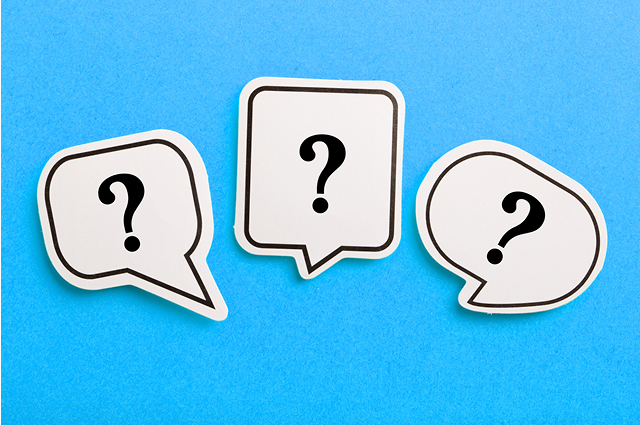New brokers should get to know these consummate professionals. If you’re new to the ranks of the nation’s 25,000+mortgage brokers, odds are you’re still familiarizing yourself...
Helping Borrowers Understand Reverse Mortgages
This unique loan type provides seniors with flexibility and can even eliminate monthly mortgage payments. Sound too good to be true? Let’s dive into some of the most common questions borrowers ask about reverse mortgages.
What is a Reverse Mortgage?
A reverse mortgage is a loan in which a homeowner essentially borrows against the value of their home. The homeowner must be a senior, at age 62 or older, and have a considerable amount of home equity (at least 50%). With a reverse mortgage, qualifying borrowers can receive funds in one lump sum, as fixed monthly payments, or as a line of credit.
A reverse mortgage gets its name because it is essentially the opposite of a forward mortgage, (the typical home loan obtained to purchase a house) as borrowers receive funds as opposed to making regular payments to a lender. In a reverse mortgage, the loan is repaid when the borrower dies, moves out of the home, or chooses to sell.
What are the Pros and Cons of a Reverse Mortgage?
A reverse mortgage can be a helpful financial tool, but it’s certainly not the right move for everyone. Before making any big decisions, it’s important for borrowers to understand the pros and cons.
Some of the primary reverse mortgage benefits to borrowers include:
-
Receiving cash for equity. Some seniors’ net worth may exist almost entirely in their home equity.
-
No monthly mortgage payment.
-
A solid alternative to a home equity line of credit or refinance.
-
Like a traditional home loan, borrowers can refinance a reverse mortgage. This may come in handy if rates change dramatically or if their personal financial situation shifts.
-
The federal government does not set reverse mortgage rates, which means that rates and fees can vary from lender to lender.
Some of the primary drawbacks of borrowers obtaining a reverse mortgage include:
-
Not everyone qualifies. Reverse mortgages are aimed at homeowners 62 years of age or older who have at least 50% equity in their owned home. Department of Housing and Urban Development (HUD) borrowers are also required to complete a HUD-approved counseling session, which takes approximately 90 minutes and costs roughly $125.
-
Associated costs. If borrowers decide to move forward with a reverse mortgage, they should be prepared to pay an origination fee, insurance premiums, closing costs, servicing fees, and interest. Of course, they’ll also need to stay up to date on property taxes, insurance, and other regular, applicable costs.
-
Limits on how much borrowers can borrow. Unfortunately, homeowners won’t be able to borrow 100% of their home’s appraised value. The approved amount will depend on many factors, including the age of the youngest borrower or spouse, current mortgage rates, home value, and more. Plus the Initial Principal Limit, which caps how much a borrower can receive when taking out a reverse mortgage.
How Can Borrowers Get a Reverse Mortgage?
If a borrower is eager to explore a reverse mortgage, the next step would involve speaking with an MLO or other home finance professional.
If they’re a HUD borrower, they’ll also want to explore reverse mortgage counseling. This experience will help clarify some of the concepts, allow them to ask any specific questions, and overall, better prepare them for this significant financial step.
What Is a Reverse Mortgage? Answering Common Borrower Questions
Essentially, reverse mortgages are a bit more complicated than your typical home loan. From unique qualifying factors to required financial counseling, obtaining a reverse mortgage may prove confusing for even the most seasoned borrowers.
Looking to have the hottest mortgage insights delivered directly to your inbox? Sign up for wemlo newsletter where the #teamlo rounds up the latest business and mortgage trends all in one place.



